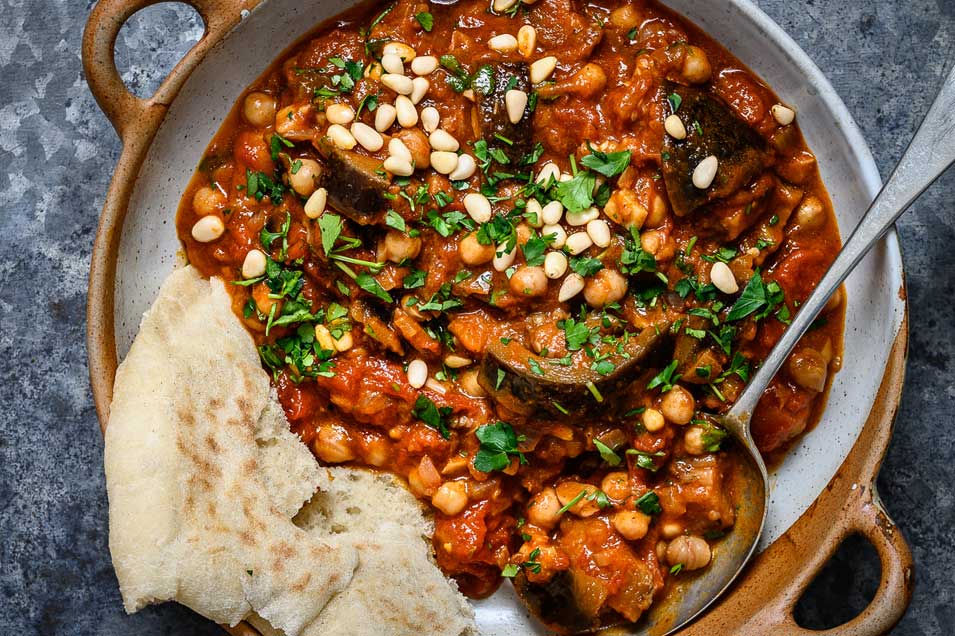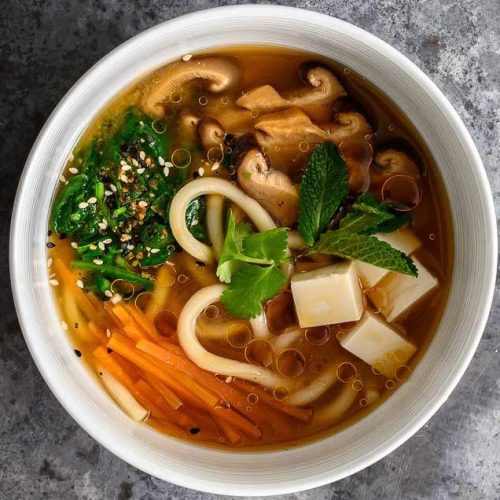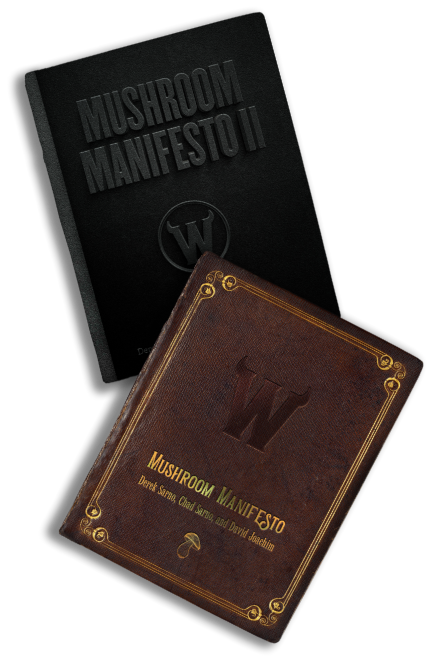Notes
The full recipe for this chickpea stew is below, but there are a fair few steps to the process, so here’s a quick break down.
Keep your aubergine (Eggplant) big
It can be tempting to chop everything finely when making a stew, but try not to! Particularly when it comes to your aubergine. I tend to half mine lengthwise and then chop into thick semicircles. You want the aubergine to soften completely but keep some shape, so keep it chunky!

Be bold with your spices
The spices are the main source of flavour here. They’re what’s going to make this dish taste like a real winter warmer, so don’t scrimp. This isn’t a spicy dish, by any means – you’re unlikely to burn your tongue, so go crazy!

Take your time!
This is not a quick meal, but it’s certainly a low maintenance one! Once the veg is in the pot, there’s very little for you to do, besides check and stir occasionally. Try to stir gently or you’ll break up the aubergine too much, and that’s about it! The oven will do the rest of the work!

Proving the Flatbreads
The flatbreads are super easy to make but do take a little time. You’ll need to proof the dough twice, which means leaving it to rise. Be sure to leave the dough somewhere room temperature but not too warm. You can’t rush a good dough!

Don’t fuss with them!
It can be tempting to fuss with the flatbreads while they’re in the skillet. It’s important that you refrain! As they cook, the dough releases its moisture as steam, which is what helps them to puff up. If you flip them too many times or remove them from the pan too soon, you’ll disturb the process and end up with a rather sad, doughy bread.

Keep them warm
Reheating these flatbreads is a bad idea. They’ll go crispy instead of fluffy and light, so do your best to keep them warm. The best way to do this is wrap them in a napkin or clean tea-towel as soon as they’re out of the pan.






